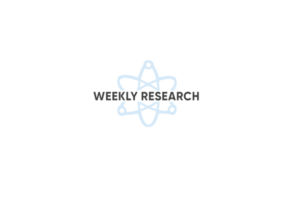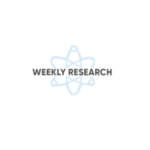Remote blood pressure monitoring postpartum has emerged as one approach to support maternal health during the critical “fourth-trimester” period. While the arrival of a newborn brings immense joy, it also presents unique challenges and risks, especially for those who experienced hypertensive disorders during pregnancy. Recognizing the importance of vigilant monitoring during this delicate phase is crucial for ensuring the well-being of both mother and child.
May 12-18 is National Women’s Health Week, an opportunity to raise awareness about important issues impacting women’s well-being. This week’s study summary focuses on a study published in The American Journal of Maternal/Child Nursing, illuminating new research exploring postpartum hypertension and an innovative postpartum monitoring program to enhance maternal care.
Remote Blood Pressure Monitoring Postpartum
Maternal hypertension occurs during pregnancy, while postpartum hypertension may occur during the twelve weeks following birth. The postpartum period is a critical time for new mothers, and hypertensive disorders of pregnancy can pose significant risks if left unmonitored. Recognizing this challenge, researchers at WellSpan Health implemented a groundbreaking remote blood pressure monitoring postpartum program using the BabyScripts™ myBloodPressure app across five maternity hospitals.
The program equipped postpartum patients diagnosed with a hypertensive disorder with an automatic blood pressure cuff for remote pregnancy monitoring and instructed them to track their readings daily using the app. Over a two-year period from September 2020 to July 2022, 1,260 patients were enrolled across 5 hospitals, with 74% (938) entering seven or more blood pressure readings. Notably, 9% (107) of participants recorded at least one critical blood pressure reading, defined as ≥150 mmHg systolic or ≥100 mmHg diastolic, with 26% (28) of those entering more than one critical reading.
Implementation and Results
Beyond the quantitative data, the study highlights the profound impact of remote blood pressure monitoring postpartum on patient empowerment and self-advocacy. Approximately 93% of patients who used the app and completed the satisfaction survey felt using the BP monitor and app was easy.
Moreover, 92% felt the care team explained how the program worked. By providing tools and education, women were better equipped to recognize urgent maternal warning signs and seek timely care. Additionally, 70% of participants expressed the postpartum monitoring program gave them extra peace of mind during their first few weeks at home.
Understanding Remote Blood Pressure Monitoring for Postpartum Care
While the study acknowledges potential hurdles, such as the cost of automatic blood pressure cuffs, it also highlights the commitment of healthcare systems to overcome these barriers. Moreover, the researchers advocate for systemic and policy changes, urging hospital leaders, policymakers, and payors to eliminate obstacles to remote patient monitoring and facilitate its widespread adoption.
As we celebrate Women’s Health Month, the study on remote blood pressure monitoring postpartum is a clinical solution for improving maternal outcomes and empowering women during the critical postpartum period, particularly patients with hypertensive disorders.
Click here to subscribe to Tenovi’s Research Roundup newsletter, which provides weekly insights into the evolving landscape of remote health and remote patient monitoring.






